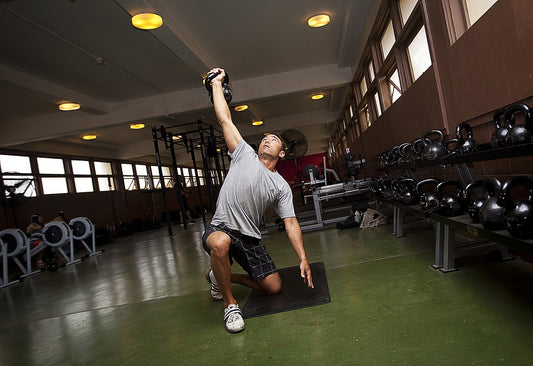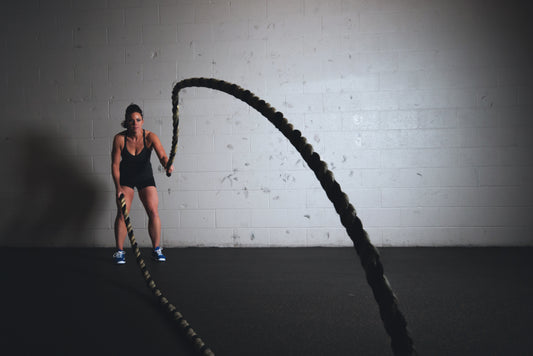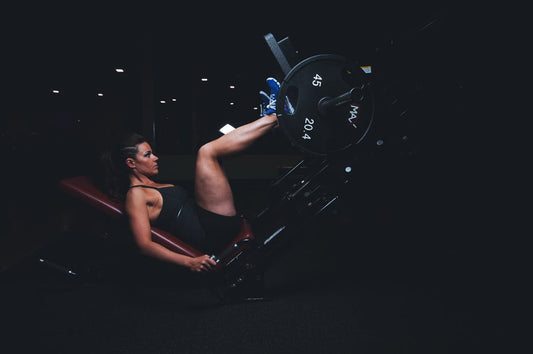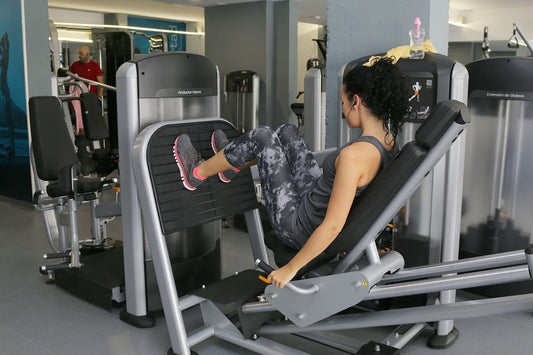CrossFit

Ways on How to Build Powerful Grip Strength
If you have been keen on CrossFit athletes, most of them have muscular forearms. This is great because the grip strength they typify is vital if you are into lifting....
Ways on How to Build Powerful Grip Strength
If you have been keen on CrossFit athletes, most of them have muscular forearms. This is great because the grip strength they typify is vital if you are into lifting....

Understanding the Different Types of Muscle Con...
Walking through gyms all across the CrossFit industry, you will see trainees of all persuasions and types undergoing different types of training. Amongst them are those, who use terrible exercise...
Understanding the Different Types of Muscle Con...
Walking through gyms all across the CrossFit industry, you will see trainees of all persuasions and types undergoing different types of training. Amongst them are those, who use terrible exercise...

Understanding the Antagonist Muscle Group
The human body has approximately 650 muscles which together work in harmony to create some small machine. Each of these muscle groups has an exact opposite group of muscle which...
Understanding the Antagonist Muscle Group
The human body has approximately 650 muscles which together work in harmony to create some small machine. Each of these muscle groups has an exact opposite group of muscle which...

Overcoming Your Weaknesses to Boost Your Back S...
The back squat is one of the key CrossFit training exercises which help in increasing strength, building muscle, and burning fat at the same time. The beauty with this squat...
Overcoming Your Weaknesses to Boost Your Back S...
The back squat is one of the key CrossFit training exercises which help in increasing strength, building muscle, and burning fat at the same time. The beauty with this squat...

The Importance of Maintaining Good Posture in C...
When growing up, most of us were admonished by our parents because of posture. If you ever heard words such as don’t slouch, sit up straight, and such like other...
The Importance of Maintaining Good Posture in C...
When growing up, most of us were admonished by our parents because of posture. If you ever heard words such as don’t slouch, sit up straight, and such like other...
Cross Training Workout – Muscle Ups – How to Do...
Muscle-ups refer to a full body CrossFit workout which involves performing a pull-up either on a pull-up bar or rings and then followed by a dip. Compared to dips and...
Cross Training Workout – Muscle Ups – How to Do...
Muscle-ups refer to a full body CrossFit workout which involves performing a pull-up either on a pull-up bar or rings and then followed by a dip. Compared to dips and...


